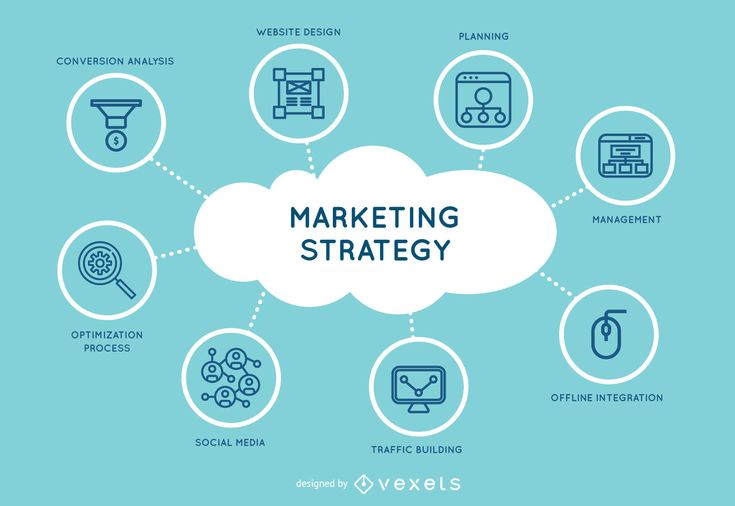Introduction
To sum up, business management stands out as one of the core success and sustainability factors for businesses operating in the USA. Regardless of the stage or size of business, application of effective management strategies is bound to smoothen performance, improve efficiency, and enable profitability of a business. In this paper, we will explore the key principles of business management, some of the challenges faced by businesses in the USA, and have a clear view of strategies of successful development.
Key Principles of Business Management
- Leadership and Vision
Strong leadership represents the guiding force that propels a business toward the realization of its goals. Through a clearly defined vision, strategic objectives, and authentic inspiration, they should empower employees to achieve a common mission. - Strategic Planning
Businesses based in the USA structure properly workable firm plans. A structured business plan contains a clear outline for goals, financial forecasts, and market analysis to guide decision-making and promote corresponding growth. - Financial Management
Effective financial management helps ensure a business remains profitable. It involves budgeting, expense management, proper cash flows, and getting funds when needed. - Human Resource Management
The backbone of any business is its employees. Essential human resources management involves selecting proper talent, organizational training, and creating a perfect working environment. - Marketing and Sales
An understanding of consumer behavior and modern digital marketing strategies and sales techniques is the first step towards business growth and development. Digital sales techniques leverage SEO, social media, and content marketing to reach and retain customers. - Customer Relationship Management
Developing strong relationships with customers will create long-term customer loyalty. Businesses need to ensure they provide excellent customer service as well as personalized experiences.
Business Challenges in the USA
Despite endless possibilities, businesses in the USA are under lots of pressure to survive:
- Economic fluctuations: Instability in the economy could prove unfavorable to any particular business.
- Competition: Within the United States, the competition is fierce. Markets are challenging, and companies cannot afford to be idle in their offerings.
- Regulatory compliance: Businesses are operated within an extremely controlled framework, may it be federal or state regulations, which are a cumbersome procedure by and large.
- Technological Changes: Very few industries do not run in conjunction with rapid technological advancement.
- Talent Acquisition: Finding and retaining skilled employees is a significant challenge for many companies.
Strategies for Business Success in the USA
- Adopt Technology and Automation
Implementing digital tools and automation enhances productivity and reduces operational costs. Cloud computing, AI, and CRM systems can streamline business processes. - Focus on Customer Experience
Providing a seamless and personalized customer experience boosts brand loyalty and revenue. - Invest in Employee Development
Regular training programs, leadership development, and workplace benefits attract and retain top talent. - Diversify Revenue Streams
Expanding product lines, entering new markets, and offering online services can help businesses sustain growth. - Strengthen Online Presence
A strong digital presence through websites, social media, and e-commerce platforms helps businesses reach a wider audience. - Ensure Compliance and Risk Management
Staying updated with legal requirements and implementing risk management strategies prevents financial and legal setbacks.
Conclusion
Business management in the USA requires strategic planning, adaptability, and innovation. By focusing on leadership, financial stability, technology, and customer satisfaction, businesses can navigate challenges and achieve long-term success. Whether you’re an entrepreneur or a seasoned business owner, adopting these management strategies will help you build a resilient and thriving enterprise in the competitive American market.














 This includes food made with insect protein, which has a lower environmental impact.
This includes food made with insect protein, which has a lower environmental impact.
 As we embrace these trends, it’s clear that pet owners are more committed than ever to providing the best care for their furry companions. Whether it’s through eco-friendly products, personalized nutrition, or new wellness practices, 2025 is shaping up to be a fantastic year for pets and their humans. By staying informed about these trends, you can ensure that your pet enjoys a happy, healthy, and enriched life.
As we embrace these trends, it’s clear that pet owners are more committed than ever to providing the best care for their furry companions. Whether it’s through eco-friendly products, personalized nutrition, or new wellness practices, 2025 is shaping up to be a fantastic year for pets and their humans. By staying informed about these trends, you can ensure that your pet enjoys a happy, healthy, and enriched life.
 Based in Grosse Pointe Farms, MI, this center provides practical and humane training solutions. Their programs include basic obedience, advanced training, and behavior modification.
Based in Grosse Pointe Farms, MI, this center provides practical and humane training solutions. Their programs include basic obedience, advanced training, and behavior modification.



